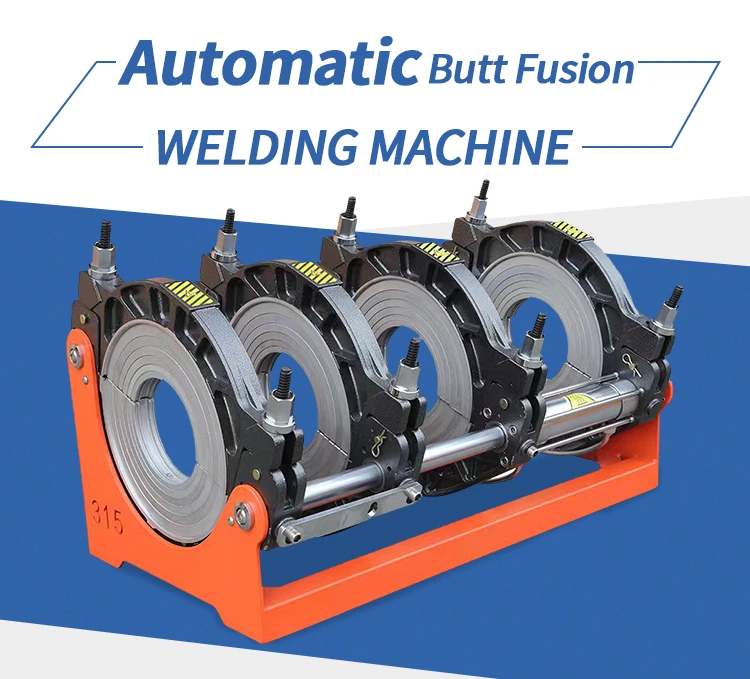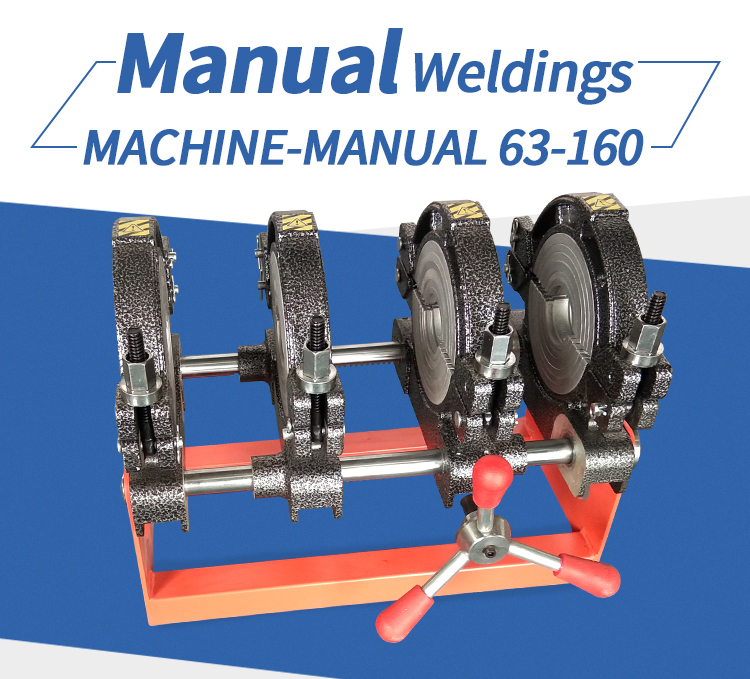HDPE culvert pipes are high-density polyethylene pipes that are used for drainage and other applications. They are known for their durability, strength, and resistance to corrosion and abrasion. HDPE culvert pipes are commonly used in construction projects, including roadways, bridges, and tunnels, as well as in agricultural and mining applications.
| Specification | ||||
| GB/T19742.1-2004 | ||||
| Specification dn/ID mm | Inside Diameter | Outside Diameter | Depth of Bellmouth | Inside Diameter of Bellmouth |
| 225 | 225 | 260 | 152 | 264 |
| 300 | 300 | 348 | 190 | 351 |
| 400 | 400 | 480 | 255 | 473 |
| 500 | 500 | 605 | 240 | 575 |
| 600 | 600 | 725 | 250 | 691 |
| 800 | 800 | 970 | 260 | 963 |
Drainage pipes are an essential component of any building's plumbing system. They are responsible for carrying wastewater away from the building and into the sewer system. Without drainpipes, wastewater would accumulate in the building, leading to unsanitary conditions and potential health hazards. In this article, we will explore the different types of drainage pipes, their uses, and how to maintain them to ensure they function properly. The following table is the parameters of HDPE culvert pipes. Customers who need it can refer to it by themselves. Customers who need to customize HDPE culvert pipes with other parameters, please leave a message or contact us.
HDPE drainage pipes are high-density polyethylene pipes that are used in drainage systems. They are lightweight, flexible, and durable. They are resistant to corrosion, chemicals, and abrasion. They are also resistant to UV radiation, which makes them ideal for outdoor use. HDPE drainage pipes are available in a variety of sizes and lengths. They are easy to install and require minimal maintenance.
HDPE culvert pipes have many advantages. They are hydraulically superior to standard corrugated steel pipes with a Manning's "n" of 0.012, which means they have a smoother interior surface and can handle more water flow. They also have long lengths and fewer joints, which makes them easier to install. They are lightweight and have structural capacity. The corrugated design of HDPE culvert pipes provides great strength in stress resistance. The manufacturing of HDPE culvert pipes requires almost no raw materials, resulting in a significant reduction in environmental impact. HDPE culvert pipes have several advantages. They are lightweight and easy to install. They are also resistant to corrosion and abrasion. HDPE culvert pipes are also resistant to chemicals and have a long lifespan.
Price
The price of HDPE double-wall corrugated pipe has always been affected by the price of raw materials. Our company has launched various preferential activities from time to time. Please feel free to call for the best quotation of the current product. The following prices are for reference only
Product name Nominal diameter Unit price (yuan/meter) Unit price (yuan/meter) Sealing ring (net price)
(DN/IN) S1 SN≥4KN/㎡ S2 SN≥8KN/㎡
Double Wall corrugated pipe Bellows dn110 price 1.4 USD/M
Double Wall corrugated pipe Bellows dn200 price 2.57USD/M-3.04USD/M
Double Wall corrugated pipe Bellows dn300 price 5.03USD/M-5.97USD/M
Double Wall corrugated pipe Bellows dn400 price 8.42USD/M-10.76USD/M
Double Wall corrugated pipe Bellows dn500 price 12.87USD/M-15.91USD/M
Double Wall corrugated pipe Bellows dn600 price 17.43USD/M-23.16USD/M
These are the specification and price list of HDPE Double Wall Corrugated Pipe.
Specification | HDPE double wall corrugated pipe price list | ||
SN4 | SN6.5 | SN8 | |
φ110 | 1.46USD/M | ||
φ160 | 2.20USD/M | ||
φ200 | 2.57USD/M | 2.81USD/M | 3.04USD/M |
φ300 | 5.03USD/M | 5.50USD/M | 5.97USD/M |
φ400 | 8.42USD/M | 9.71USD/M | 10.76USD/M |
φ500 | 12.87USD/M | 14.39USD/M | 15.91USD/M |
φ600 | 17.43USD/M | 20.59USD/M | 23.16USD/M |
HDPE culvert pipes are commonly used
They are used to transport wastewater and groundwater. They are also used for sewage and ventilation pipes. Construction projects are one of the most common uses for HDPE culvert pipes. They are also used for rainfall and subterranean pipes.
HDPE culvert pipes are used to move excess water away from an area. The type of hdpe culvert pipes you use will depend on the specific needs of your project. PVC pipes are the most commonly used pipes for any drainage project. They are great for drainage situations where the water and environment exert a great deal of pressure and weight. Double wall corrugated pipes are used in a variety of applications. HDPE culvert pipes are commonly used in municipal engineering. They are commonly used in drainage systems, sewer systems, and stormwater management systems. They are also used in the construction of culverts, tunnels, and bridges.
Types of drainage pipe
There are different types of drainage pipes. Some of the most common types include PVC pipes, corrugated pipes, and French drains. PVC pipes are the most commonly used pipes for any drainage project. They are great for drainage situations where the water and environment exert a great deal of pressure and weight. Corrugated pipes are used for drainage systems where the pipes are buried in the ground. French drains are used to direct water away from a specific area.
How to maintain HDPE culvert pipes?
1. Regular cleaning: HDPE culvert pipes should be cleaned regularly to prevent blockages and buildup of debris. You can use a biological cleaner or a mixture of baking soda and vinegar to clean the HDPE culvert pipes.
2. Avoid pouring grease and oil down the drain: Grease and oil can solidify in the pipes and cause blockages. Instead, dispose of them in the trash.
3. Use a drain strainer: A drain strainer can prevent large debris from entering the HDPE culvert pipes and causing blockages.
4. Inspect the HDPE culvert pipes regularly: Inspect the HDPE culvert pipes regularly for any signs of damage or leaks. If you notice any issues, have them repaired as soon as possible to prevent further damage.
How to choose draingage pipes?
When choosing drainage pipes, there are several factors to consider. The first factor to consider is the type of project you are working on. Different types of projects require different types of drainage pipes. The second factor to consider is the environment in which the pipes will be installed. The environment will determine the type of material that is best suited for the project. The third factor to consider is the cost of the pipes. Different types of pipes have different costs.
155.webp)
444.webp)
414.webp)
221.webp)
431.webp)
923.webp)
460.webp)
869.webp)
710.webp)


294.webp)
476.webp)
420.webp)
146.webp)


